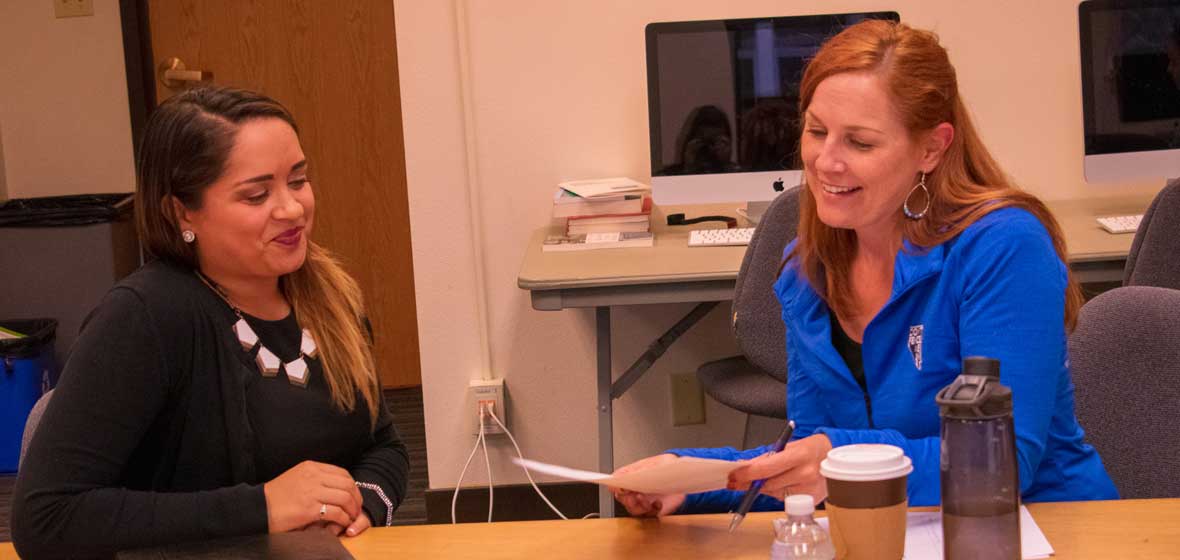Writing for strategic communications might be shifting away from short-form listicles (content presented in the form of a list) and instead moving in the direction of longer, more developed pieces that incorporate elements of the succinct language typical of social media, according to Bethany Drysdale, chief communications officer at Travel Nevada. Drysdale believes that a driving force behind the change: young consumers and content creators.
“I think students are the driving force behind the industry’s trajectory,” Drysdale said. “They are the ones who are tired of the Top 10 lists and demanding a more thorough review of topics. I think they have a natural instinct for producing succinct social-media-style posts as well as pieces that demand more research and insight.”
Fellow professionals Julie Ardito, APR, senior director of advancement & engagement at the University of Nevada, Reno School of Medicine, Tiffany East, APR, president of East Public Relations, and Chrisie Yabu, senior director of national public relations at KPS3 Marketing, also weighed in on what the future of strategic communications might look like after sitting on a professionals’ panel for the Writing for Strategic Communications course offered at the Reynolds School of Journalism last spring.
“We have never had such great data about our audiences and how to reach them than we do today,” East said. “This allows us to understand what moves people and how we can affect change. My feeling is that [communications] will become more refined. Communications need to be as authentic and sincere as they can be to ensure public trust.”
The panel’s collective expertise encompasses technical and business writing, speech writing, corporate communications, agency work and on-air radio reporting. For these seasoned professionals, meeting with students was a time to embrace the students’ love of learning while also getting to peek into the future of the communications industry.
“Meeting with the students from the strategic writing class was a wonderful experience,” Ardito said. “Each student brought his/her diverse approach, samples, expertise and point-of-view to our discussions. I was impressed by their energy and passion for communication and writing.”
While the panel of professionals was struck by the caliber of the work produced by students, they also had some tips for how Reynolds School students could better prepare for the coming changes in writing for strategic communications.
“I never thought we’d be here 30 years ago, but I encourage students to stay at the forefront of the industry and that will help them plan for the trajectory,” East said. “They should get involved in causes that interest them so that [they] can participate in change. They should also look for opportunities that offer professional development. If their employer doesn’t offer it, they should invest in themselves so that they don’t become obsolete.”
In addition to professional development and the continual pursuit of learning, Chrisie Yabu noted that another highly sought-after skill is the ability to work quickly while still producing high-quality work.
“Be extremely proactive, organized and pay attention to details,” Yabu said. “Learn true critical thinking skills and think about how you would professionally react and respond in any given situation.”
For more information about the Reynolds School or the future of strategic communications, visit journalism.unr.edu.
